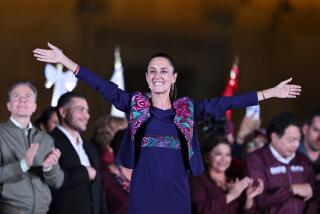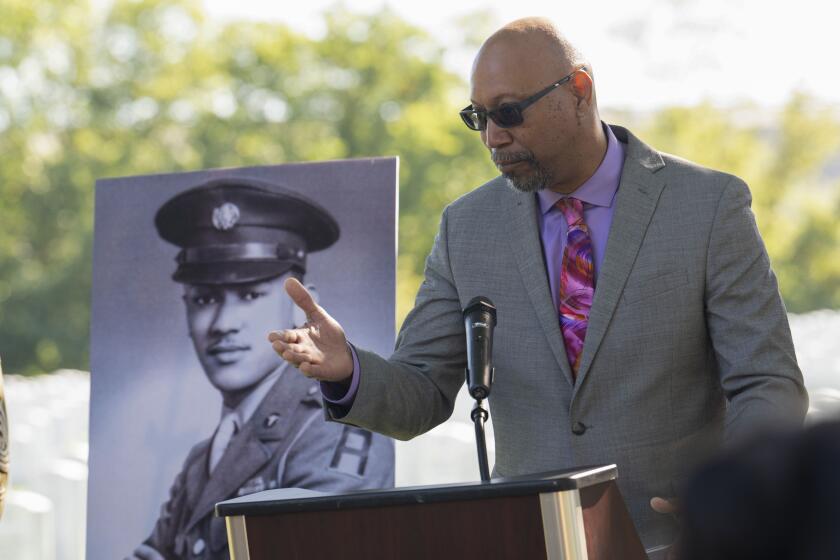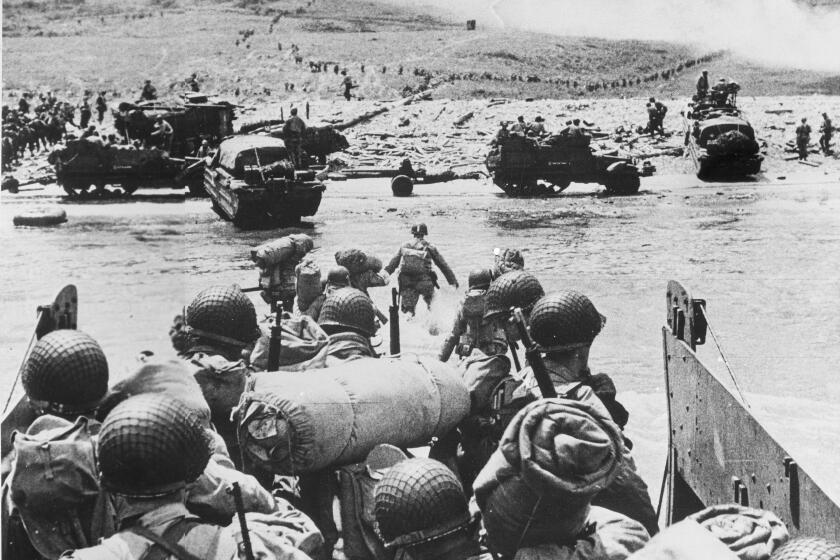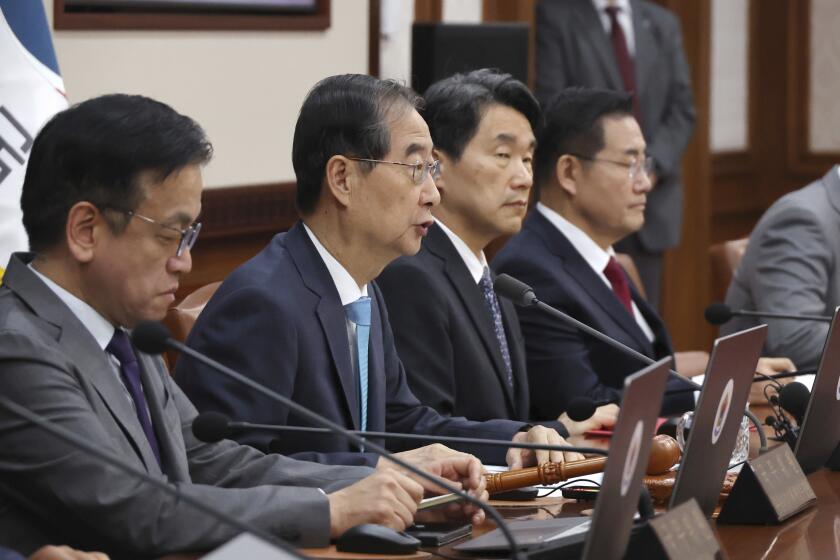Paying for Better Health With Grins and Gratitude
To Dr. Walter Kearns, an ounce of prevention is worth a ton of smiles.
And for the working poor who rely on his free medical care, a heartfelt smile is often all they have to offer in return for being spared from the ravages of diabetes, obesity, gastrointestinal disorders and other ailments.
Kearns is one of five physicians who volunteer at the twice-monthly clinics offered by the Access to Care Collaborative in the northeast San Fernando Valley. Their mission is to identify and treat medical conditions among a largely Latino population from that area in hopes of heading off needless emergency room visits and costly catastrophic illness.
“I’m grateful for the opportunity to do this,” Kearns said. “I feel our healthcare system is broken. It’s in terrible shape when you look around and see all the people who aren’t insured.”
The payoff comes when once-discouraged patients chat happily with the doctor about their improved lives or laugh readily for the first time in months.
“You can tell by the expression on their face how changed they are,” clinic director Jody Dunn said. “They occasionally will take $5 out of their pocket and say, ‘I’d like to give you a donation,’ even though you know they can’t afford it.”
Jesse Hathaway, a registered nurse and clinic volunteer, said the fact that services are free doesn’t mean they are subpar. In fact, he believes that those who visit the clinic often get better and more personal treatment than they would elsewhere.
“That surprises the patients. It’s a unique experience,” Hathaway said.
One man in his early 40s was plagued by acid reflux disease, a sort of “super-heartburn” that causes stomach contents to back up into the esophagus. He had been treated with drugs in Mexico but nothing helped.
“It was very debilitating for him,” Dunn said.
A clinic doctor refused to give up on the man’s case until he found a medication that worked.
“Now when that patient comes in, he shakes everybody’s hand and gives everyone a big grin,” Dunn said. “He is just so happy that finally someone was able to bring him some relief.”
Hathaway, a 56-year-old emergency room nurse at Providence St. Joseph Medical Center in Burbank, works at the clinic on his days off. The clinic operates by appointment only from 1 to 4 p.m. the first and third Fridays of the month and sees about 10 patients each day.
“It’s a good feeling -- keeping someone in good health,” Hathaway said.
At 82, retired from a 40-year surgical practice in the Valley, Kearns could be golfing instead of going to the clinic, at 13460 Van Nuys Blvd. in Pacoima. But the urge to help people that drew him to medicine stayed with him in retirement.
“There are only so many medical luncheons you can attend without getting bored,” he said.
He found an outlet 15 months ago when he read a newspaper article telling of the clinic’s start-up and its need for volunteer doctors.
The clinic operates with financial help from Providence Health System and Catholic Healthcare West, which run hospitals in the area, and a grant from the Ralph M. Parsons Foundation. Space is donated by Meet Each Need With Dignity, a nonprofit group that provides services to the poor.
The clinic got its start because Providence, Catholic Healthcare and the Roman Catholic Archdiocese of Los Angeles “saw that people in the northeast Valley are working, but often living at poverty level and don’t have health insurance,” Dunn said. “They said, ‘Instead of waiting for them to go to the emergency room, why don’t we find a way to help them?’ ”
To qualify for care, patients must be 18 or older, have no insurance and be ineligible for Medi-Cal. They usually are employed, often as service workers, gardeners and day laborers.
“They have jobs where insurance is not offered,” Dunn said. “They go in and out of the workforce. But they are working, productive local residents.”
Volunteer translators help Spanish speakers explain their symptoms.
Many have let medical problems go untended because of the high cost of healthcare.
“They often have a chronic condition that requires spending time with a physician so that he or she can understand their problem,” Dunn said.
Among the ailments frequently seen are diabetes, hypertension, abdominal illnesses, arthritis and back problems.
“One of the insidiously bad parts of their situations is that they often don’t have any disability” coverage, Kearns said. “They end up with diabetes and high cholesterol that eventually become a heart attack, a stroke, kidney disease or something else that’s difficult to treat.”
One person rescued from a major health breakdown was a mother in her 30s. She hadn’t taken her diabetes medication for a year because she couldn’t afford it. She had lost 20 pounds and felt crippling weakness. Her sister became alarmed and made her go to the clinic.
“She was really in the danger zone with her blood sugar,” Dunn said. “We got her free prescriptions, she got her weight back, and we continue to see her to make sure the problem stays managed. She can live a normal life now.”
More to Read
More to Read
More to Read
Start your day right
Sign up for Essential California for news, features and recommendations from the L.A. Times and beyond in your inbox six days a week.
You may occasionally receive promotional content from the Los Angeles Times.






